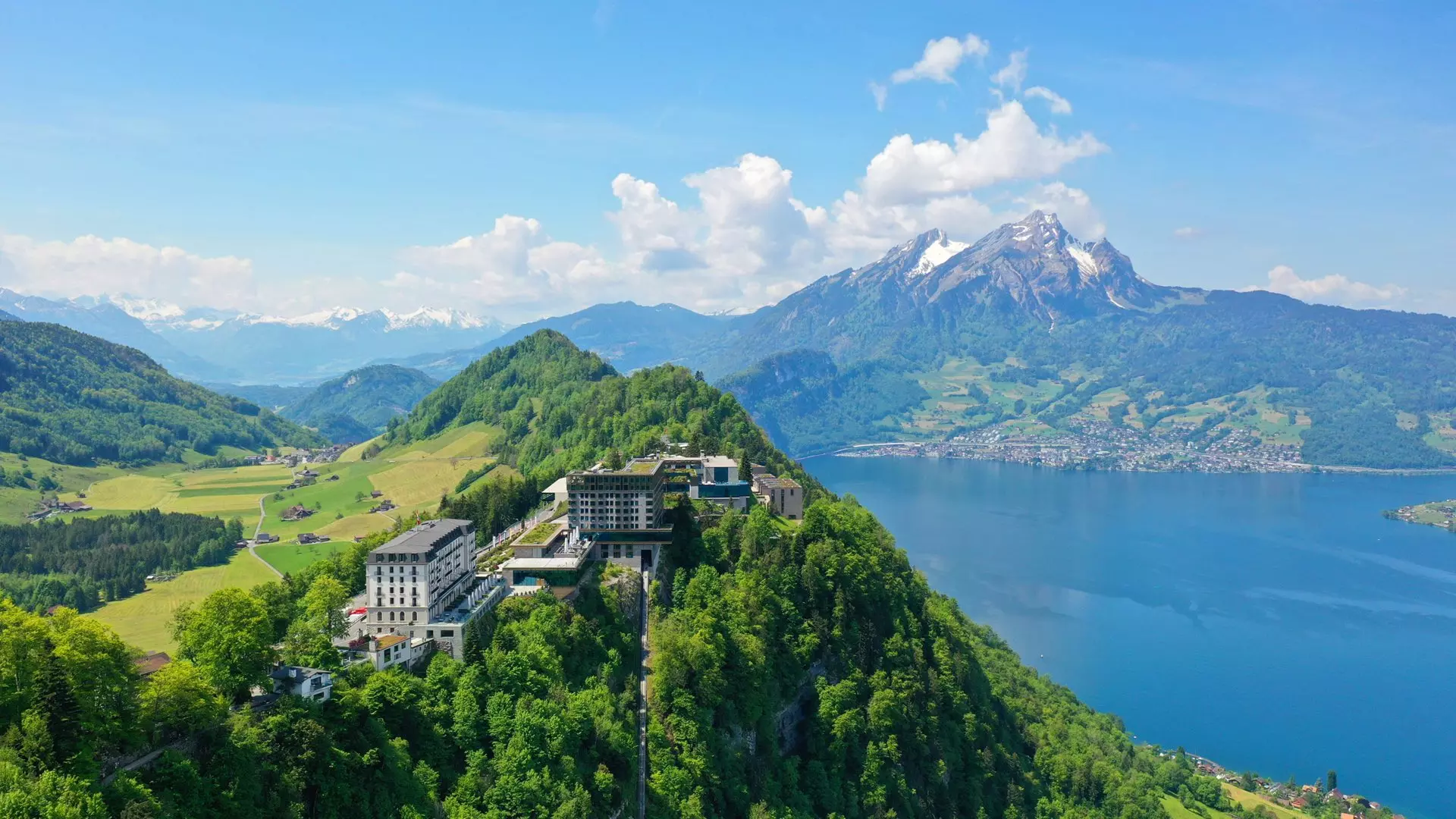
- Home
- India
- World
- Premium
- THE FEDERAL SPECIAL
- Analysis
- States
- Perspective
- Videos
- Sports
- Education
- Entertainment
- Elections
- Features
- Health
- Business
- Series
- In memoriam: Sheikh Mujibur Rahman
- Bishnoi's Men
- NEET TANGLE
- Economy Series
- Earth Day
- Kashmir’s Frozen Turbulence
- India@75
- The legend of Ramjanmabhoomi
- Liberalisation@30
- How to tame a dragon
- Celebrating biodiversity
- Farm Matters
- 50 days of solitude
- Bringing Migrants Home
- Budget 2020
- Jharkhand Votes
- The Federal Investigates
- The Federal Impact
- Vanishing Sand
- Gandhi @ 150
- Andhra Today
- Field report
- Operation Gulmarg
- Pandemic @1 Mn in India
- The Federal Year-End
- The Zero Year
- Science
- Brand studio
- Newsletter
- Elections 2024
- Events
- Home
- IndiaIndia
- World
- Analysis
- StatesStates
- PerspectivePerspective
- VideosVideos
- Sports
- Education
- Entertainment
- ElectionsElections
- Features
- Health
- BusinessBusiness
- Premium
- Loading...
Premium - Events

Summit is likely to worsen the conflict as it would be seen by President Vladimir Putin as an attempt by Ukraine, with the backing of the US-led bloc, to diplomatically squeeze Russia
It’s close to 28 months since Russia invaded Ukraine, resulting in a full-fledged war between the two former provinces of the erstwhile Soviet Union.
Over 10,000 Ukrainian civilians have died, many more have been injured, scores of towns have been fully or partially destroyed and Ukraine has lost territory to Russian troops. Yet, the so-called peace conference this week in Switzerland, on Ukraine’s initiative, appears farcical laced with questionable motives.
Russia not invited
In any fight, there are at least two opposing sides. The two parties need to be necessarily present to resolve the dispute. But, the organisers of the two-day Swiss summit, starting June 15, have not invited Russia. Not only that, the Swiss government invited at least 160 other nations for the meet. With Russia not in attendance, only 90 countries have reportedly confirmed participation. Most of the rest, among other reasons, have not seen any purpose in being part of the meeting, in the absence of Russia.
India, caught between Ukraine backed by the United States-led Western alliance and Russia, both of which are strategic allies for New Delhi, is sending a token representation of mid-level officials. China has clearly said it will not take part as the meeting serves no purpose in the absence of Russia. Brazil and South Africa (all part of the BRICS grouping) too are not likely to attend.
The charade unfolding in Switzerland reflects a grave problem that confronts the world. The Russia-Ukraine fight may have been relegated to the inside pages of newspapers or edged out of television coverage, but that should not undermine the seriousness of the situation. Though the war is between Russia and Ukraine, the larger battle is between two nations that sit on the all-powerful United Nations Security Council.
Larger battle
The UNSC, that is meant to safeguard the world, has turned defunct with the US and Russia vetoing out each other. It is equivalent to a driverless train or a pilotless aircraft hurtling forward uncontrollably. The war is taking the world into uncharted territory. Already, since the conflict began on February 24, 2022, parts of the world – including parts of Africa and Europe – have continued to experience severe economic distress.
Worse, both Russia and Ukraine are nuclear-armed. Russian President Vladimir Putin has on more than one occasion referred to the nuclear option if pushed beyond a point. Russia has already targeted areas close to Ukraine’s nuclear infrastructure as a warning. Any act of indiscretion by Russia can be devastating.
The Doomsday Clock, which monitors how close the world is to a nuclear Armageddon, is a mere 90 seconds to the zero hour. This is the closest the world has come to a nuclear conflict. But, the nations and/or blocs which are fighting, seem oblivious or blinded with rage that they come across as unconcerned to what might happen if the war continues.
How peace deals are struck
Historically, disputes, wars and conflicts are par for the course. If peace is the real intent, a neutral country steps in and attempts to mediate a resolution. Norway played a major role in attempting peace between the Sri Lankan government and the LTTE when the Tamil Eelam insurgency was at its height in the 1990’s. It worked to some extent before crumbling.
Similarly, Norway helmed talks between the Palestinians and Israelis that led to the Oslo Peace Accords in 1993. Not that the agreement turned out entirely successfully but the intention and the processes reflected a sense of seriousness.
More recently, though Iran and the United States do not have a formal relationship, they were able to sign a nuclear agreement with the help of intermediaries when Barack Obama was in power.
Qatar played a key mediating role between the Taliban and the US-led forces in Afghanistan. Similarly it has attempted to bring about some agreement between Hamas and Israel in the ongoing Gaza conflict.
Failed truce talks
In the Ukraine-Russia case too, officials from both nations met in Belarus to discuss a resolution four days after the outbreak of the war. Both appeared keen to end the fight, but it did not happen.
The US-led West and by extension Ukraine were unwilling to agree on a permanent NATO keep-off condition. Several more rounds of talks followed, including in Turkey, but they did not yield anything. There were hopes right through April 2022, but the talks ended without any breakthrough.
Once that window of opportunity for peace was shut, there have reportedly been informal attempts by several neutral countries to resolve the dispute, but none has worked. Even as the negotiations continued, the war which has seen periods of intense fighting and slowdowns, continuously changed the situation on the ground.
The fluidity led to shifting positions and the entire US-led bloc including particularly the United Kingdom, has been accused of blocking any agreement that concedes to Russia’s fundamental demand that Ukraine must remain neutral and out of NATO.
Meanwhile, Russia has gradually, and steadily, made gains on the ground in Ukraine’s east and south-east around the Donbas region. This has complicated attempts at peace as Ukraine insists that Russia should move back not just to the February 24, 2022 position but even further to the pre-2014 position, that would involve Russia having to give up Crimea, for instance.
Swiss meet will only worsen matters
The war, at this stage, calls for a seriousness of intent and perseverance by both nations to hammer a peace deal. Instead forums like the Swiss summit are likely to exacerbate the war as they would be seen by Putin as an attempt by Ukraine, with the backing of other participants, to diplomatically squeeze Russia.
The meeting, preceded by the G7 summit in Italy, is expected to call for more sanctions against Russia and politically attempt to isolate Moscow. If this is indeed the broad reason for the Swiss meet, there cannot be anything more naive or foolhardy than this, as it would only serve to infuriate Russia. Already, the sanctions by the US and its allies have only had a limited effect as there are a slew of countries continuing to do business with Russia.
China has solidly backed Russia while India too continues to have robust trade with Moscow. Ironically, the US and its allies have turned a blind eye as much-needed oil from Russia is finding its way to Europe through India.
In conclusion, it would appear that the Swiss summit, contrary to its stated aims of peace, is actually helping Ukraine carry out its “war by other means”. And that, for the rest of the world, is a cause for worry.


